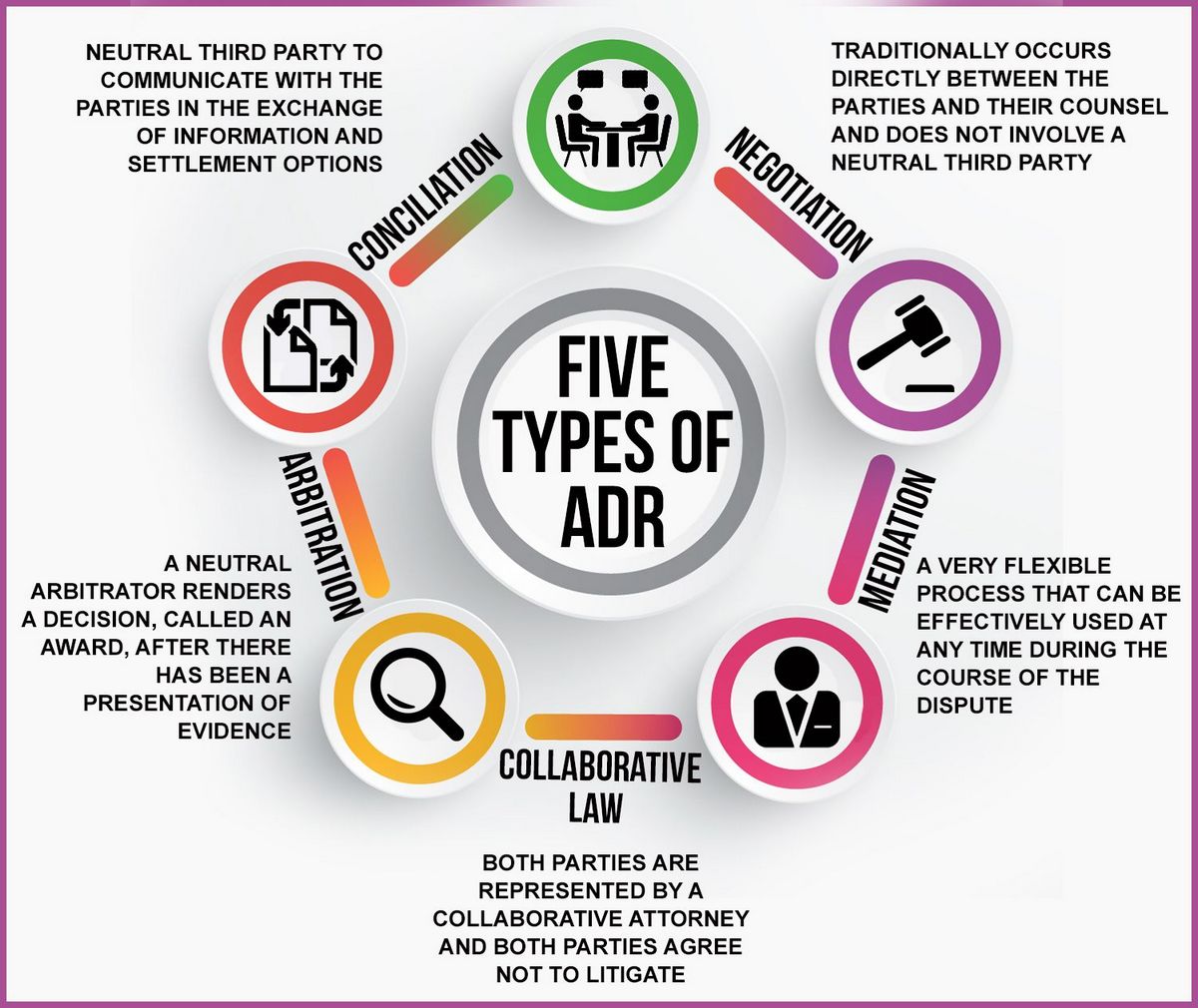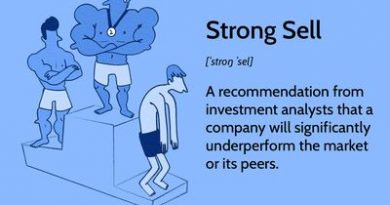Unsponsored ADR Definition Limitations Example Vs Sponsored

Contents
Unsponsored ADR: Definition, Limitations, Example, Vs. Sponsored
What Is an Unsponsored ADR?
An unsponsored ADR is an American depositary receipt issued by a depositary bank without the involvement, participation, or consent of the foreign company it represents ownership in.
Key Takeaways
- An unsponsored ADR is an American depositary receipt issued by a depositary bank without the involvement or consent of the foreign company.
- These securities trade on the over-the-counter market rather than on American stock exchanges.
- Unlike regular ADRs and stock, shareholder benefits and voting rights may not be extended to investors who hold unsponsored ADRs.
Understanding Unsponsored ADRs
ADRs are negotiable certificates that represent shares in a foreign company. ADRs are issued by banks outside the U.S. and trade like shares on American stock exchanges in U.S. dollars. These securities allow foreign corporations to enter the American financial markets and attract American capital. They also give American investors a way to invest in foreign companies they may not otherwise access.
ADRs can be sponsored or unsponsored. A sponsored ADR is issued in collaboration with the foreign company, while an unsponsored ADR is established without the company’s cooperation.
How does an ADR get established in the U.S. without a company’s consent? The answer is simple—demand. A depository entity can issue certificates when there’s heavy demand from investors for ownership in a specific company from abroad. The issuing entity is normally a broker-dealer that owns common stock in the company.
Unsponsored ADRs are normally issued by broker-dealers that own common stock in a foreign company.
Because they’re issued without the consent or cooperation of the foreign company, unsponsored ADRs generally trade over-the-counter (OTC)—rather than on a stock exchange. And there’s another catch. Shareholder benefits and voting rights may not be extended to the holders of these securities.
Special Considerations
Depository banks were not required to notify the underlying issuers or obtain permission before registering unsponsored ADRs with the Securities and Exchange Commission (SEC), resulting in multiple unsponsored ADRs sometimes being created for the same issuer.
The number of unsponsored ADR issues surged after Oct. 10, 2008, when the SEC amended an exemption applicable to foreign issuers. This exemption allowed them to have their securities traded through the U.S. OTC market without the registration required under Section 12(g) of the SEC Act of 1934 (SEA).
This amendment eliminated the written application and paper submission requirements by providing an automatic exemption from Section 12(g) to foreign issuers that met certain conditions. These conditions required the issuer to maintain a listing of its shares in its primary market outside the U.S. and publish electronically specified non-U.S. disclosure documents in English.
Unsponsored ADRs vs. Sponsored ADRs
As mentioned above, sponsored ADRs have the full cooperation of the foreign company, enabling them to tap into international capital markets directly. Although a sponsored ADR would be listed in the United States, the issuing company still has its revenue and profit denominated in its home currency.
There are three levels of sponsored ADRs:
- Level I sponsored ADRs: These can only be traded OTC and not on an official U.S. exchange. A Level I sponsored ADR is easier to set up for foreign companies since it does not require the same disclosures or the need to abide by generally accepted accounting principles (GAAP). There is some degree of risk with Level I sponsored ADRs given their relative lack of transparency.
- Level II sponsored ADRs: These ADRs can be listed on an exchange, meaning they’re visible to a wider market and require the company to comply with the SEC.
- Level III sponsored ADRs: The final level of sponsored ADRs permit companies to issue shares to raise capital but require the highest level of compliance and disclosure.
More than 2,000 ADRs—both sponsored and unsponsored—traded in the United States in 2012, according to the SEC.
Example of an Unsponsored ADR
Many large global corporations use unsponsored ADRs to attract American capital. For example, American investors can invest in Royal Mail PLC, a postal and delivery service company from the United Kingdom founded by Henry VIII. The company’s unsponsored ADR trades OTC under the ticker symbol ROYMY.



